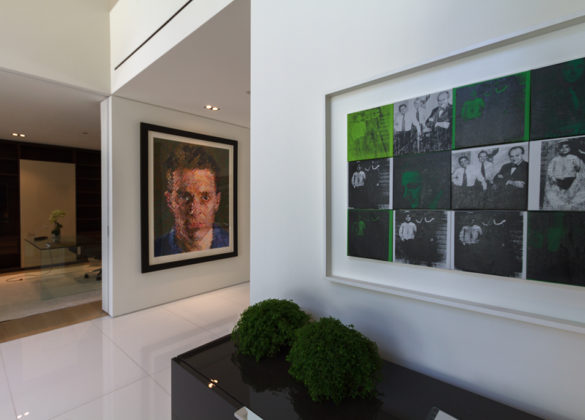ABOUT
ABOUT HEATHER JAMES FINE ART
Heather James Fine Art presents a rare look into art history’s past and present, offering important works from a cross-section of periods, movements, and genres including Post-War, Contemporary, Impressionist, Modern, American, Latin American, and Old Masters.
For over 27 years, Heather James Fine Art has expanded into a global network with galleries located in Palm Desert, California, and Jackson Hole, Wyoming along with consultancies in New York City, London, Los Angeles, San Francisco, Montecito, and Lake Como, Italy. Each year, its galleries present an array of museum-quality exhibitions exploring historical and contemporary themes, or examining the work of individual influential artists.
Heather James Fine Art is dedicated to bringing exceptional art to private clients and museums globally while providing the utmost personalized logistical, curatorial, and financial services.
GALLERIES
45188 Portola Avenue
Palm Desert, CA 92260
(760) 346-8926
Hours: By appointment
172 Center Street, Suite 101
P.O. Box 3580
Jackson Hole, WY 83001
(307) 200-6090
Hours: Monday through Saturday 10am-5pm
CONSULTANCIES
GET TO KNOW US
SERVICES
Heather James Fine Art provides a wide range of client-based services catered to your specific art collecting needs. Our Operations team includes professional art handlers, a full registrar department and logistical team with extensive experience in art transportation, installation, and collection management. With white glove service and personalized care, our team goes the extra mile to ensure exceptional art services for our clients.


















,_new_mexico_tn40147.jpg )









_tn43950.jpg )





